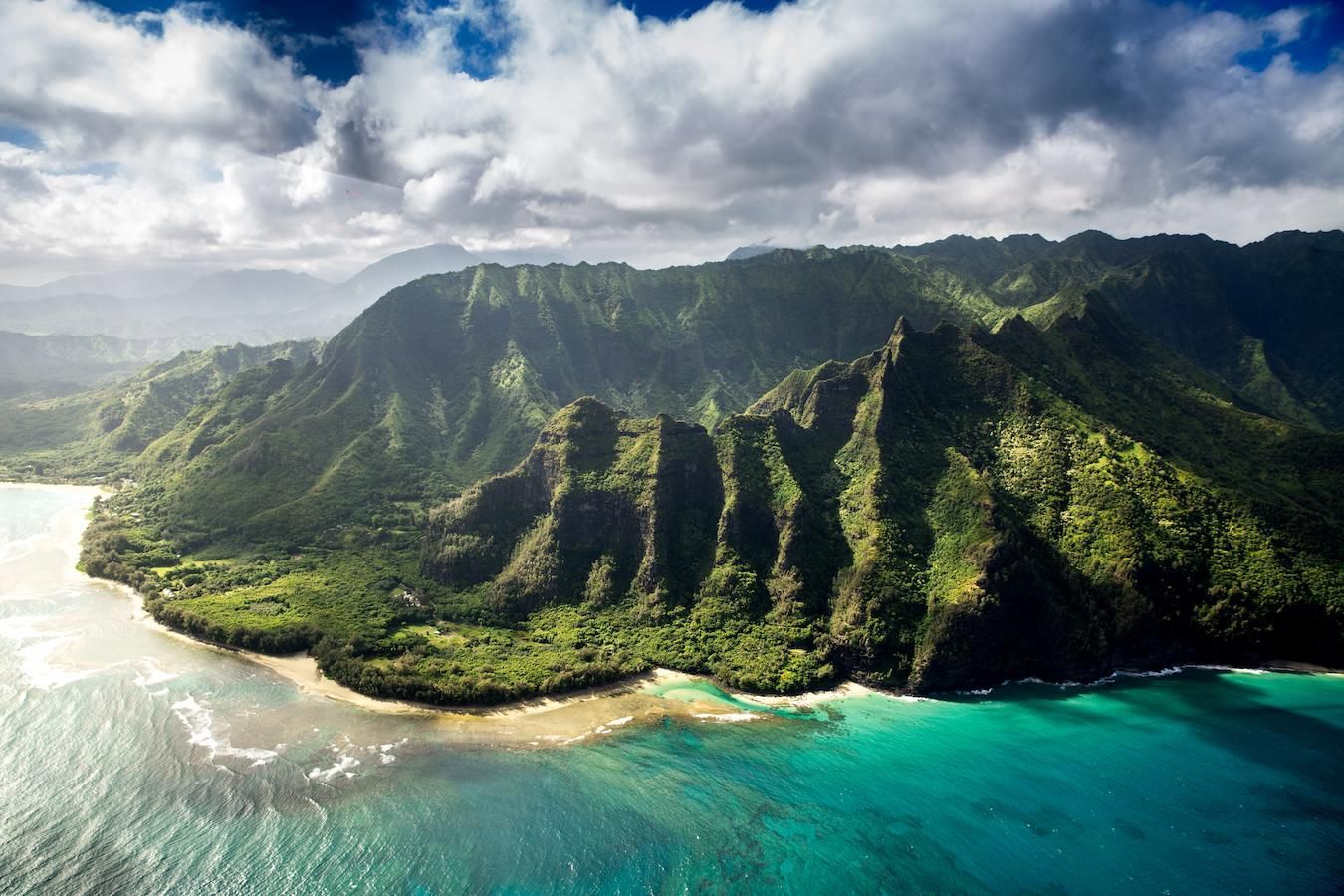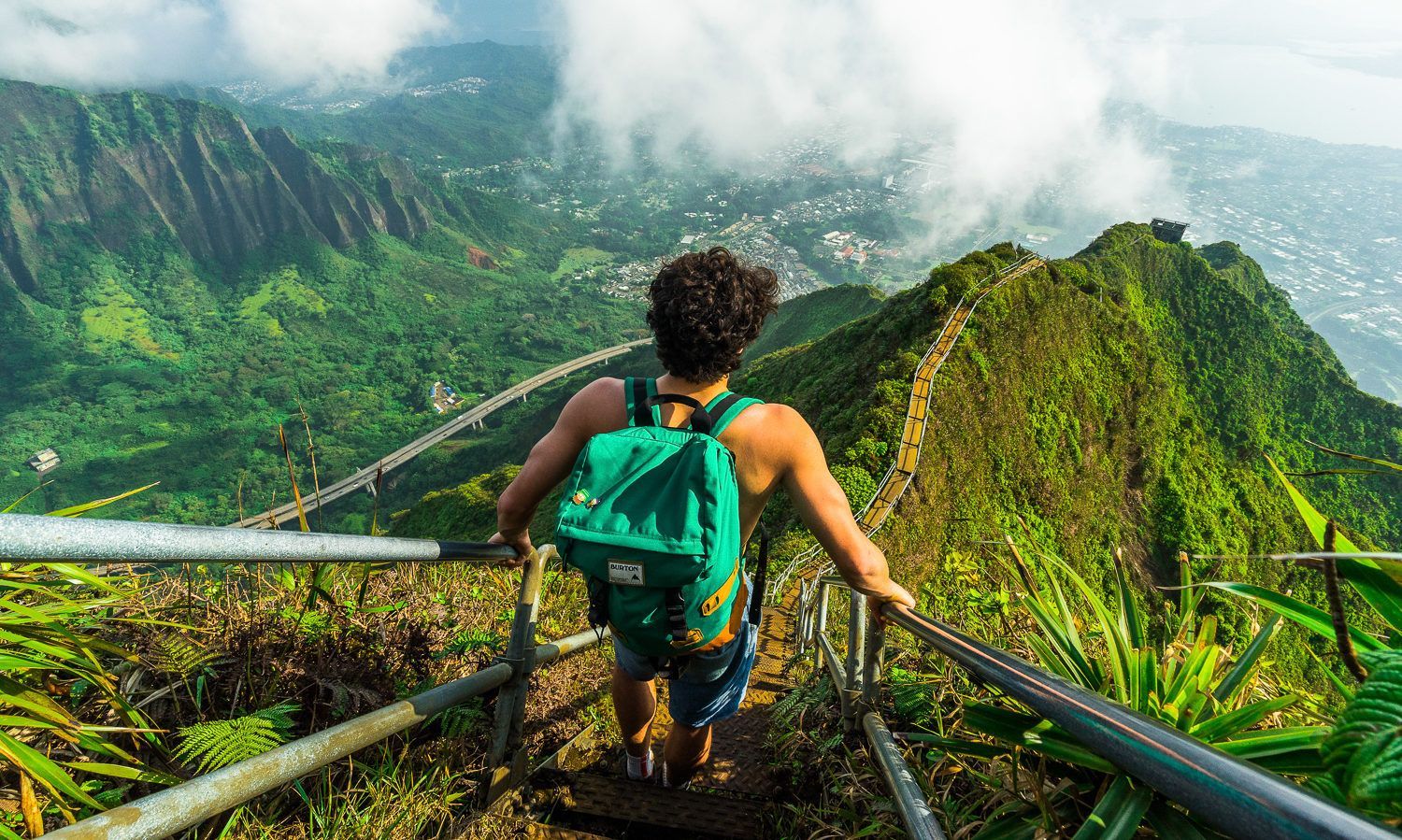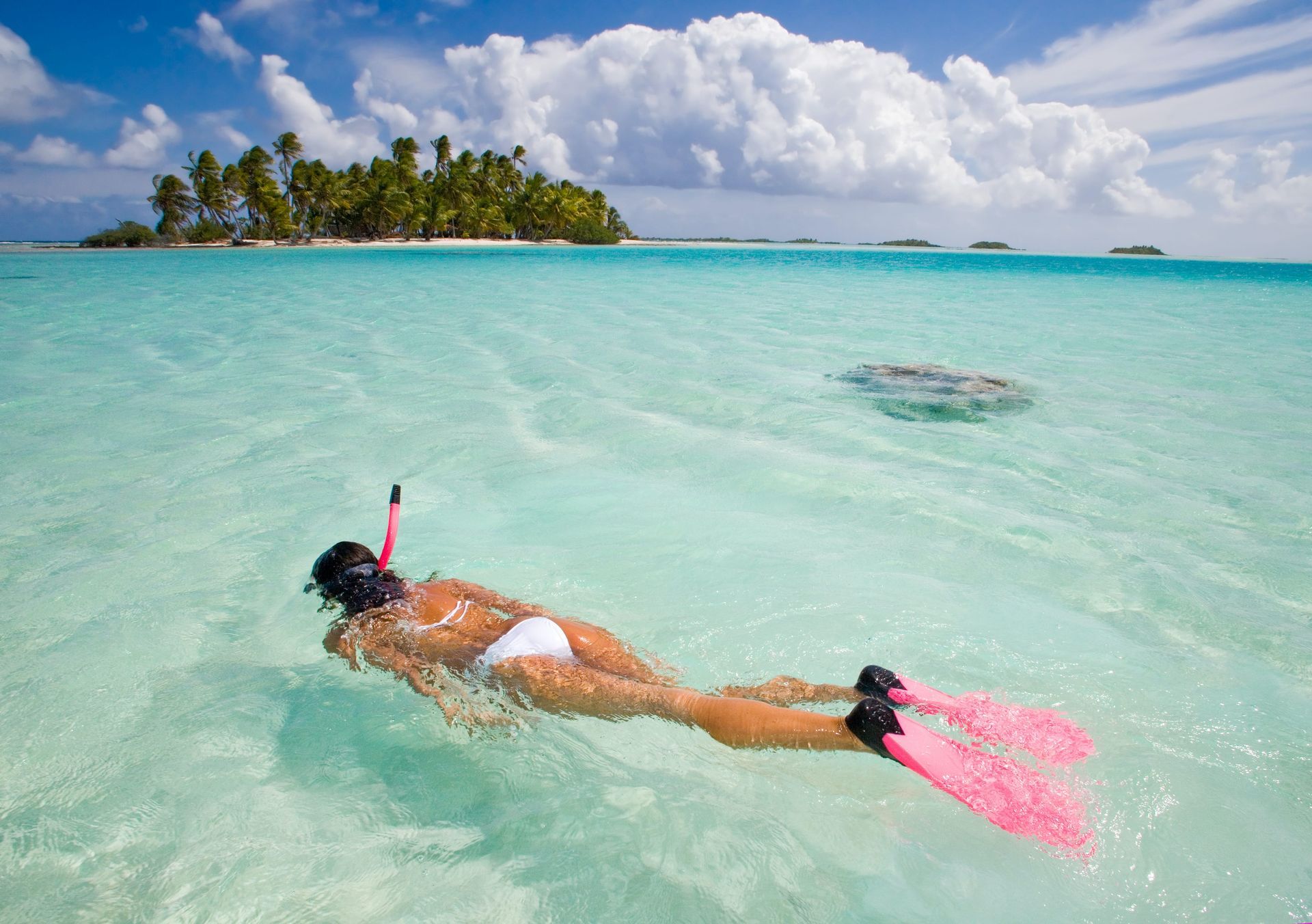Hawaii Wildlife: Discovering the Islands' Flora and Fauna
This is paragraph text. Click it or hit the Manage Text button to change the font, color, size, format, and more. To set up site-wide paragraph and title styles, go to Site Theme.
Hawaii, with its stunning landscapes and tropical paradise, is not only famous for its pristine beaches and vibrant culture but also for its rich and diverse wildlife. The islands are home to a remarkable array of flora and fauna, some of which are found nowhere else on Earth.

Exploring Hawaii's Captivating Wildlife: Plants, Animals, and Conservation
In this article, we will delve deep into the heart of Hawaii, exploring the customs, traditions, and unique experiences that define its captivating culture.
1. The Flora of Hawaii: A Botanical Wonderland
Hawaii's flora showcases an incredible variety of plant species, thanks to its isolated location in the middle of the Pacific Ocean. The islands' volcanic soil, combined with a favorable climate, has given rise to a diverse and vibrant botanical wonderland. From towering palm trees to vibrant orchids, Hawaii's plant life never fails to astound.
One of the iconic plant species of Hawaii is the hibiscus, known for its stunningly colorful and trumpet-shaped flowers. These blossoms come in a wide range of hues and are often used in traditional lei-making. Additionally, the fragrant plumeria flowers, with their intoxicating scent, adorn the islands and are commonly used in making leis as well.
Another fascinating plant unique to Hawaii is the silversword. Found only in the high-altitude volcanic slopes of Haleakalā on Maui and Mauna Kea on the Big Island, the silversword is a marvel of adaptation. Its silvery, sword-like leaves and vibrant purple flowers make it a true gem of Hawaii's plant kingdom.
2. Hawaii's Enchanting Fauna: A Wildlife Lover's Paradise
Hawaii's wildlife is just as captivating as its plant life. Despite being isolated in the middle of the Pacific, the islands are home to a surprising array of animal species. While Hawaii does not have any native land mammals, it compensates with unique bird species, marine life, and fascinating insects.
The endangered Hawaiian monk seal is one of the most beloved and iconic animals of the islands. With their playful nature and distinctive appearance, these seals have become ambassadors for the conservation efforts in Hawaii. Catching a glimpse of these remarkable creatures basking on the sandy shores is an experience that will stay with you forever.
Hawaii is also known for its diverse bird population. The state bird, the nēnē (Hawaiian goose), is a species endemic to Hawaii. Other avian treasures include the Hawaiian honeycreepers, such as the bright red ʻiʻiwi and the vibrant yellow ʻamakihi. These birds, with their unique beaks and vibrant plumage, are a testament to the evolutionary wonders found on the islands.
3. Conservation Efforts: Protecting Hawaii's Natural Heritage
Preserving Hawaii's wildlife and natural ecosystems is of utmost importance to both the local community and the authorities. The delicate balance of Hawaii's ecosystems is threatened by invasive species, habitat loss, and the impacts of climate change. To combat these challenges, various conservation efforts are underway.
One notable conservation success story is the recovery of the Hawaiian green sea turtles, known as honu. These magnificent creatures were once on the brink of extinction but have made a remarkable comeback due to conservation initiatives and protective measures.
Efforts to restore and protect native habitats are also crucial. The restoration of native forests, such as the ʻōhiʻa lehua forests, aims to provide a safe haven for native plant and animal species. Additionally, initiatives focused on invasive species control play a vital role in safeguarding the fragile ecosystems of the islands.
4. Wildlife Encounters and Ecotourism in Hawaii
For wildlife enthusiasts, Hawaii offers a plethora of opportunities to engage with its unique fauna and flora. From guided nature hikes to whale-watching tours, there are numerous ways to experience the wonders of Hawaii's wildlife responsibly.
Snorkeling and scuba diving enthusiasts can explore the vibrant underwater world, encountering colorful fish, coral reefs, and even the majestic humpback whales during their seasonal migration. Dolphin-watching tours provide a chance to observe these intelligent creatures in their natural habitat.
Nature reserves and national parks, such as Haleakalā National Park and Hawai'i Volcanoes National Park, offer visitors a chance to witness Hawaii's diverse ecosystems up close. Guided tours led by knowledgeable experts provide valuable insights into the local wildlife and the significance of conservation efforts.
Conclusion
Hawaii's wildlife is an integral part of its allure and beauty. From its stunning flora to its unique animal species, the islands offer a remarkable experience for nature lovers and wildlife enthusiasts. By embracing conservation efforts and responsible ecotourism, we can ensure the preservation of Hawaii's natural heritage for generations to come. So, embark on a journey to Hawaii and discover the captivating world of its flora and fauna, immersing yourself in the wonders of this tropical paradise.













